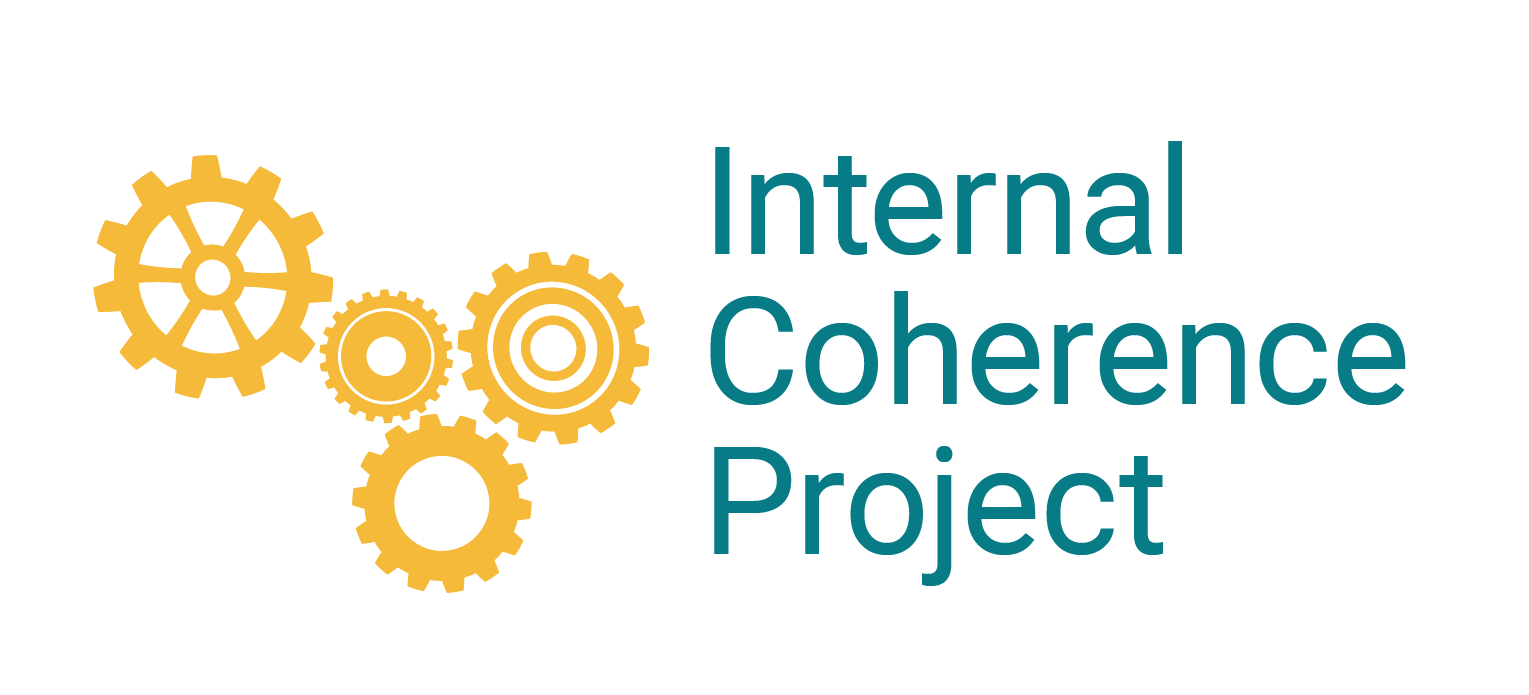Approaches to Sharing Findings
Here Michelle Forman shares her experiences in presenting ICAP findings with school leadership teams:
She points out that from the outset it should be emphasized that the ICAP instrument is designed for practitioners and is framed as a developmental measure instead of a static evaluation. She goes on to say that it is helpful to explain the research along with survey data and "bring them into the theory."
Forman points out that at the heart of many coherence issues is leadership. The school leader is responsible for creating a safe workplace for honest exchange and the survey results focus first on that. Another key focus of the survey is the leadership's support of the work of teachers in teams. This is seen and pivotal because vertical and lateral accountability grows from the leadership's support of teams.
Hopeful efficacy beliefs among teachers also can emerge from appropriate leadership moves. A dynamic cycle of efficacy beliefs supporting achievement gains and then reaffirming efficacy beliefs is ideal.
Specific practices and perceptions about the school and leader are identified in the survey results. Some steps leaders can take are obvious and can be taken immediately, such as improving in listening and allowing alternative views to be expressed. Others issues are more subtle and relate to the more interconnected conditions, such as instructional focus and instructional leadership.
The Internal Coherence Assessment and Protocol was developed by a team consisting of Richard Elmore, Michelle Forman, Elizabeth Leisy Stosich, and Candice Bocala.
If you are interested in learning more about how the Internal Coherence Project works with schools, school systems, and other education partners, please email Michelle Forman at mforman@serpinstitute.org.
Strategic Education Research Partnership
SERP Institute
1100 Connecticut Ave NW
Suite 1310
Washington, DC 20036
SERP Studio
2744 East 11th Street
Oakland, CA 94601
(202) 223-8555
Registered 501(c)(3). EIN: 30-0231116
